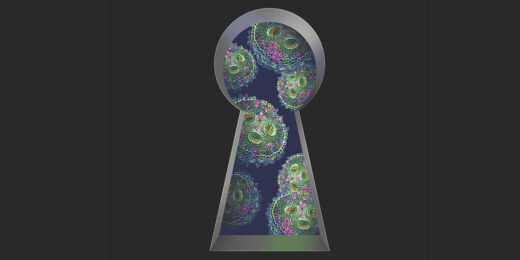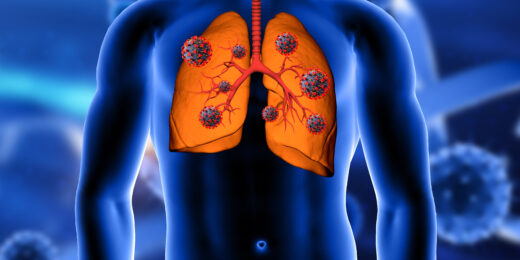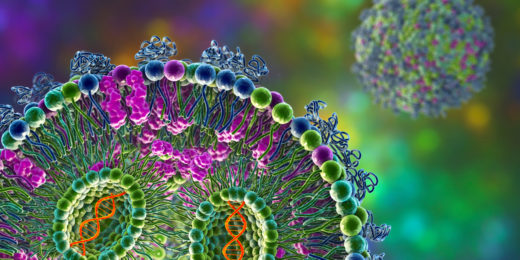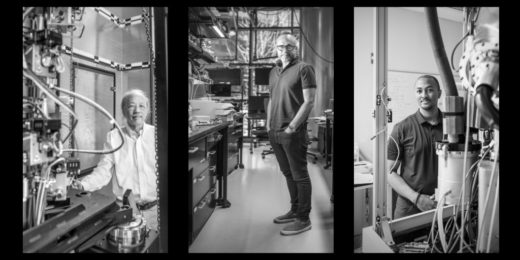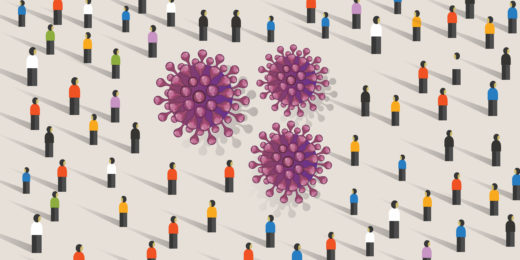Researchers who study long COVID say its debilitating symptoms are often misdiagnosed by clinicians and dismissed by employers or loved ones because so little is known about the new syndrome.
Category: COVID-19
Sick of being sick? As respiratory viruses roar back, experts offer guidance
Nationwide, the percentage of health care visits for flulike symptoms ticked up above the baseline at the start of November and has remained elevated ever since, according to the Centers for Disease Control and Prevention.
Going beyond B cells in the search for a more multi-targeted vaccine
The ultimate goal: a vaccine with coverage so broad it can protect against viruses never before encountered.
Searching for vaccine variability in the land of the flu
The ultimate goal: a vaccine with coverage so broad it can protect against viruses never before encountered.
The hunt for a vaccine that fends off not just a single viral strain, but a multitude
Stanford Medicine researchers are designing vaccines that might protect people from not merely individual viral strains but broad ranges of them. The ultimate goal: a vaccine with coverage so broad it can protect against viruses never before encountered.
mRNA Nobel spotlights promise of future vaccine technology and more
Post-Nobel Prize announcement, we're spotlighting the science behind the mRNA-based COVID-19 vaccine and how it may impact medicine broadly.
What you need to know this vaccination season
Stanford Medicine infectious disease expert Anne Liu provides guidance on the RSV, flu and new COVID-19 vaccines this fall.
mRNA vaccine spike protein differs from viral version
Scientists explain a key difference between the spike-protein molecules generated by the SARS-CoV-2 mRNA vaccine and those the virus induces.
Runaway immune reactions cause long COVID breathing problems
Researchers at Stanford Medicine have investigated the mechanism of pulmonary fibrosis caused by long COVID.
Special delivery 2.0: CARTs
Researchers at Stanford are devising new ways to deliver mRNA to the body to facilitate more potent and accurate treatments and vaccines.
Special delivery – an mRNA explainer
This is Part I in a series that will explore the promise, challenges and future of mRNA. Let's count our blessings. The COVID-19 pandemic, from …
A 2022 recap: Most read, most viewed and most popular on social media
As the year comes to a close, we're sharing the most-read stories, most-viewed videos and most popular stories on social media of 2022.
Schrödinger’s COVID: Infected without testing positive?
Stanford pathologist speaks to the likelihood of undetectable COVID-19 and best practices for staying safe in the face of uncertainty.
Molecular makeover makes wimpy antibody a SARS-CoV-2 tackler
By harnessing an antibody most overlooked, researchers devise a new possible way to stop viruses, even as they evolve.
Molecular movie maker
Researchers are harnessing an imaging technique called cryogenic electron microscopy to design drugs and better understand disease.
Preparing for the viruses we’ve yet to meet
Researchers at Stanford Medicine are working to develop antivirals to stop the current pandemic and prevent ones.









